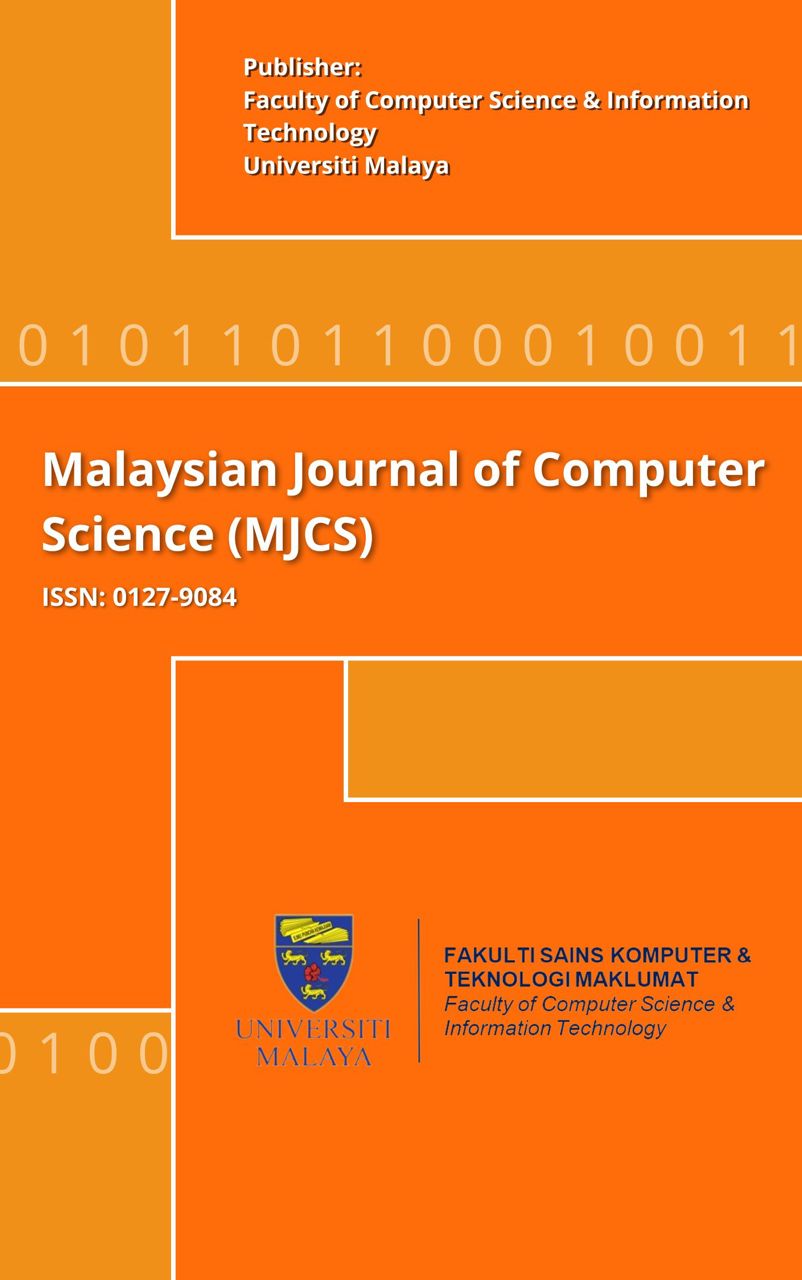CONTENT-BASED FEATURE FUSION REPRESENTATION FOR MARINE INVERTEBRATES
Main Article Content
Abstract
Marine species representation and retrieval is crucial for its studies and conservation. The images of these animals are usually captured underwater with complex background, at different angle, position, and size, which makes it very hard to provide a good representation with the current methods. Most of the current methods only support content-based representation for marine life images with clear background (taken in laboratory or in environments which have been set up), containing just one animal in an image, or the animal is positioned nicely at the centre of the image. Responding to these important needs, a multi-feature method for Content-based Image Retrieval (CBIR) that employs colour, shape, and texture information of marine life images is proposed. The colour feature vectors are obtained by extracting first and second order of Colour Moments. Shape information is constructed through the implementation of Discrete Wavelet transform up to four sub-bands and the extraction of Canny edge feature. Texture features are obtained with the Zernike Moments (ZM) of order four and the extraction of few Grey Level Co-occurrence Matrix properties. We conducted two experiments to determine the best order of ZM as well as to measure the retrieval performance of the proposed descriptor. Retrieval results based on marine invertebrate and Fish4Knowledge datasets clearly shown that the proposed method has effectively obtained the best precision value at 11 standard recall levels (72.42%) and MAP value (67.7%). The proposed method is further measured based on the statistical two-tailed paired t-test and has revealed a significant improvement in retrieval effectiveness.
